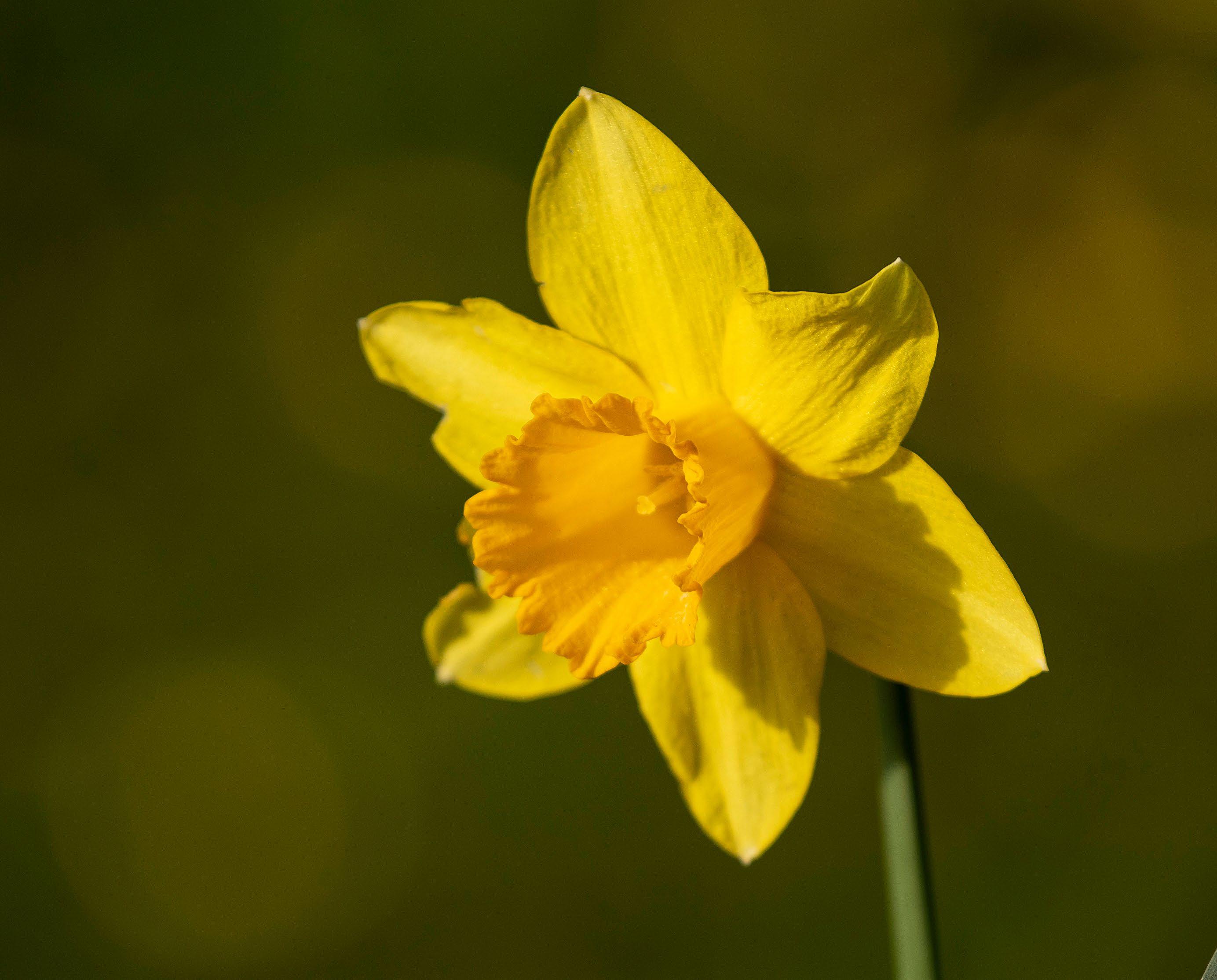
If you’ve ever tried to photograph a delicate plant outdoors you’ll know that it’s trickier than it seems, especially when working in windy conditions – flowery focal points are prone to being blown about!
A ‘plamp’, such as The Plamp II from Wimberley, is a clever device that has a large anchoring clamp at one end and a small clamp clip with soft foam jaws at the other to hold a fragile subject such as a flower stem steady. Between the two grippers there’s a long articulating arm made of ball and socket joints which allow you to bend it into position to hold a plant stem, reflector or LED light steady.
Plamps are handy for all sorts of photoshoots, but they really shine in macro work, especially outdoors when a breeze might caused blurry results. Even small movements are exaggerated when shooting close-up so a plamp helps to keep everything absolutely still. You can even set up a second plamp to hold accessories or a background and position it so that the light is falling exactly where you need it to. They’re also fantastic for still life and studio shoots such as product photography where you need a finer level of control.
This month we got hold of a hoard of plamp products from Wimberley that you may not have come across before so you can see how they may be beneficial to your photography, and which items deserve to be added to your equipment wishlish. Let’s take a closer look at them...
THE SETUP USING PLAMPS AND ACCESSORIES
Get to grips with the different types of plamps and the optional extras available
01 WIMBERLEY THE PLAMP II
This story is from the {{IssueName}} edition of {{MagazineName}}.
Start your 7-day Magzter GOLD free trial to access thousands of curated premium stories, and 9,000+ magazines and newspapers.
Already a subscriber ? Sign In
This story is from the {{IssueName}} edition of {{MagazineName}}.
Start your 7-day Magzter GOLD free trial to access thousands of curated premium stories, and 9,000+ magazines and newspapers.
Already a subscriber? Sign In

The Art of Copying Art - James Paterson shows you how to use your Canon gear to capture artwork and paintings the right way with simple camera and lighting skills
Whether you want to capture a painting like the above, digitise old prints or reproduce any kind of canvas, there's real skill in capturing artwork with your camera. Not only do you need the colours to be accurate, you also need to master the spread, angle and quality of the light to minimise glare and show the work at its best.This painting by the artist Bryan Hanlon has a wonderfully subtle colour palette. To reproduce the painting in print and digital form, it needs to be captured in the right way.

Fright night
Canon photographer and digital artist Alexander loves to craft incredible fantasy scenes with a spooky horror twist

Sharpen your shots with DPP
Sharpening a digital image also increases contrast at the edge of details

CANON ImagePrograf PRO-1100
Deeper blacks, better bronzing, greater lifespan and 5G Wi-Fi -Canon's new printer is full of new tech, says

Canon's new 'kit lens' is actually a half-price f/2.8 trinity lens!
The Canon RF 28-70mm F2.8 IS STM lacks a red ring, but borrows premium features from its L-series siblings

DREW GIBSON
Pro motorsports photographer Drew on why he hasn't (yet) switched to Canon's mirrorless system, why old-school techniques can be the most reliable, and the lessons learned from more than a decade shooting the world's biggest car brands

Up in smoke
Make a smoky shape in Affinity Photo and get to grips with the amazing Liquify Persona under the guidance of James Paterson

Expand your creativity with Generative Fill
Photoshop's Al-powered feature brings revolutionary new tools to image editing. James Paterson reveals all...

Turn your images into vintage postcards
Wish you were here? Sean McCormack explains how you can give your summer photographs a vintage postcard look

The Angel Malibu
Light painting an American movie producer in the Wadi Rum Desert in Jordan was a highly unlikely evening out for David!